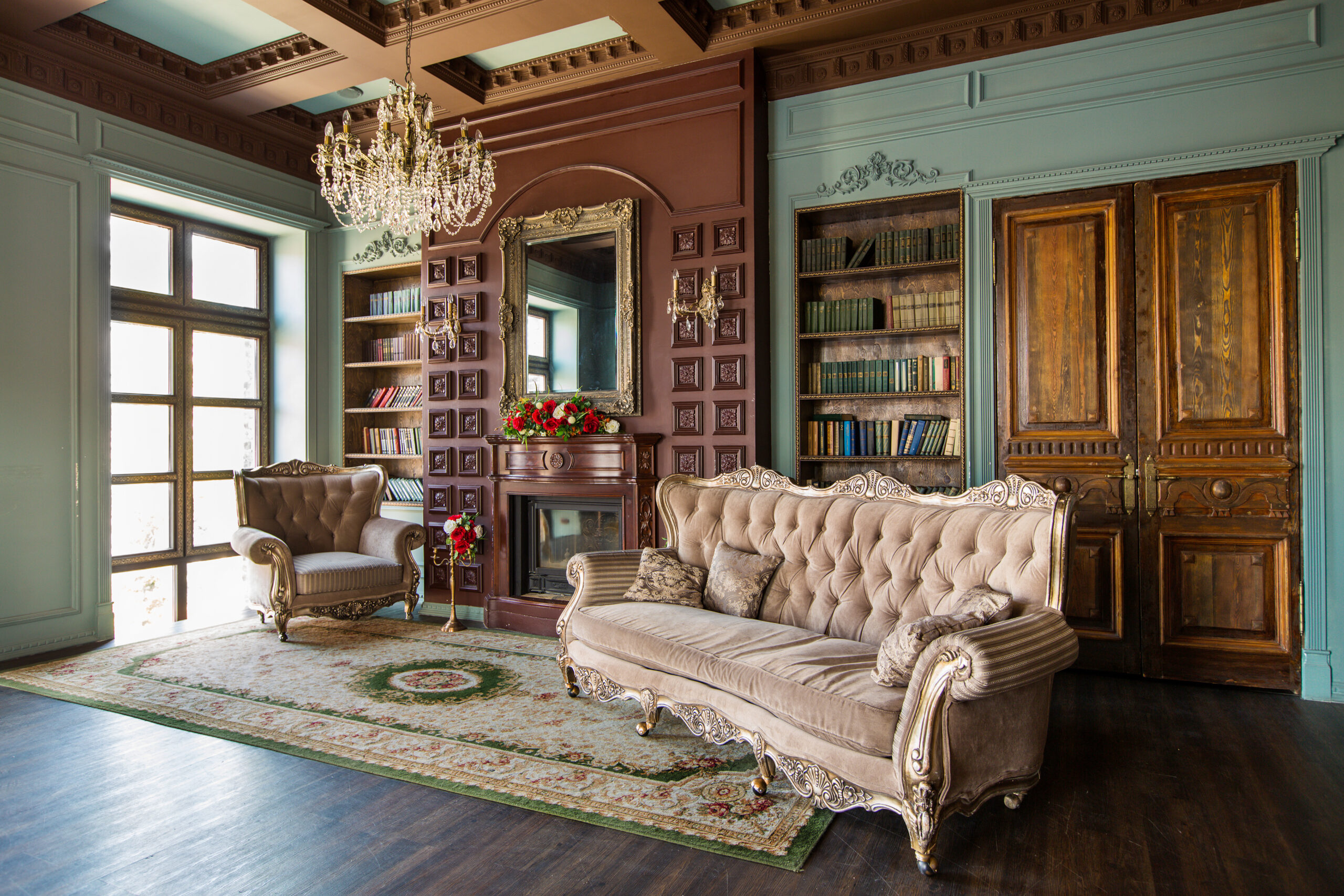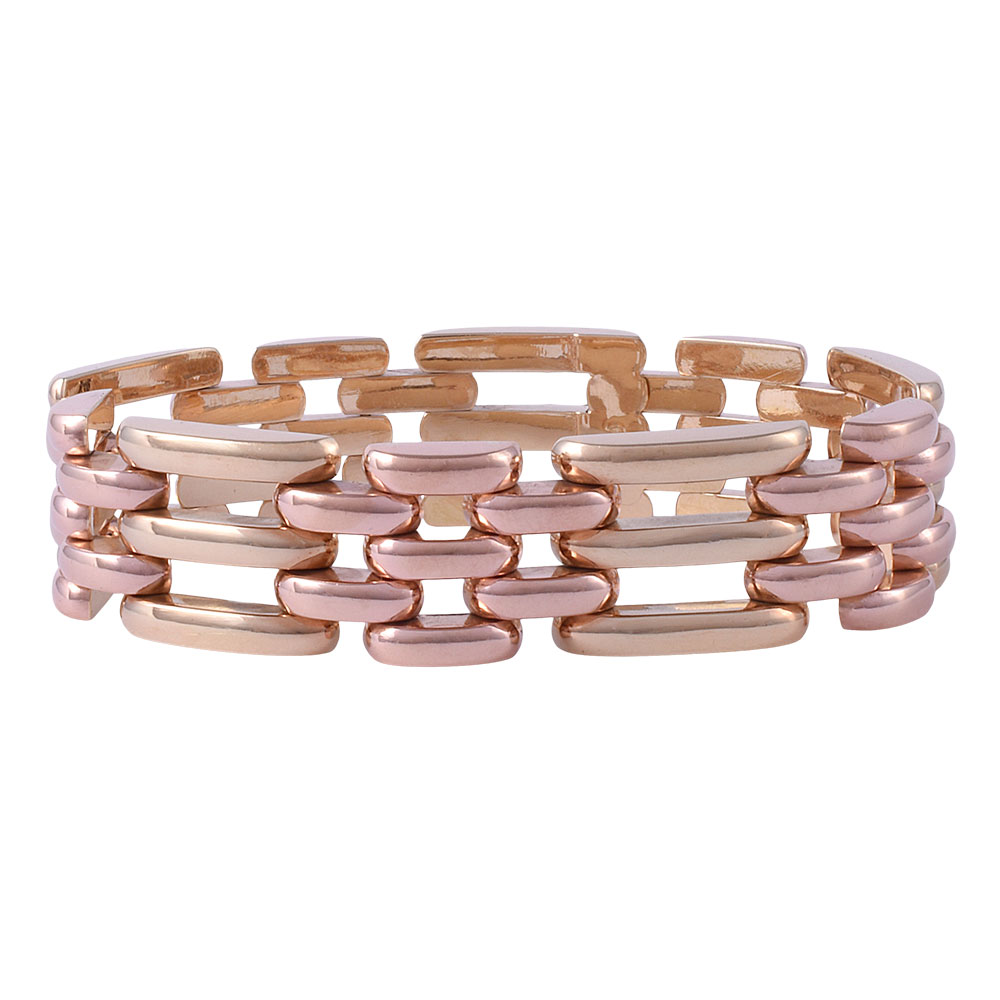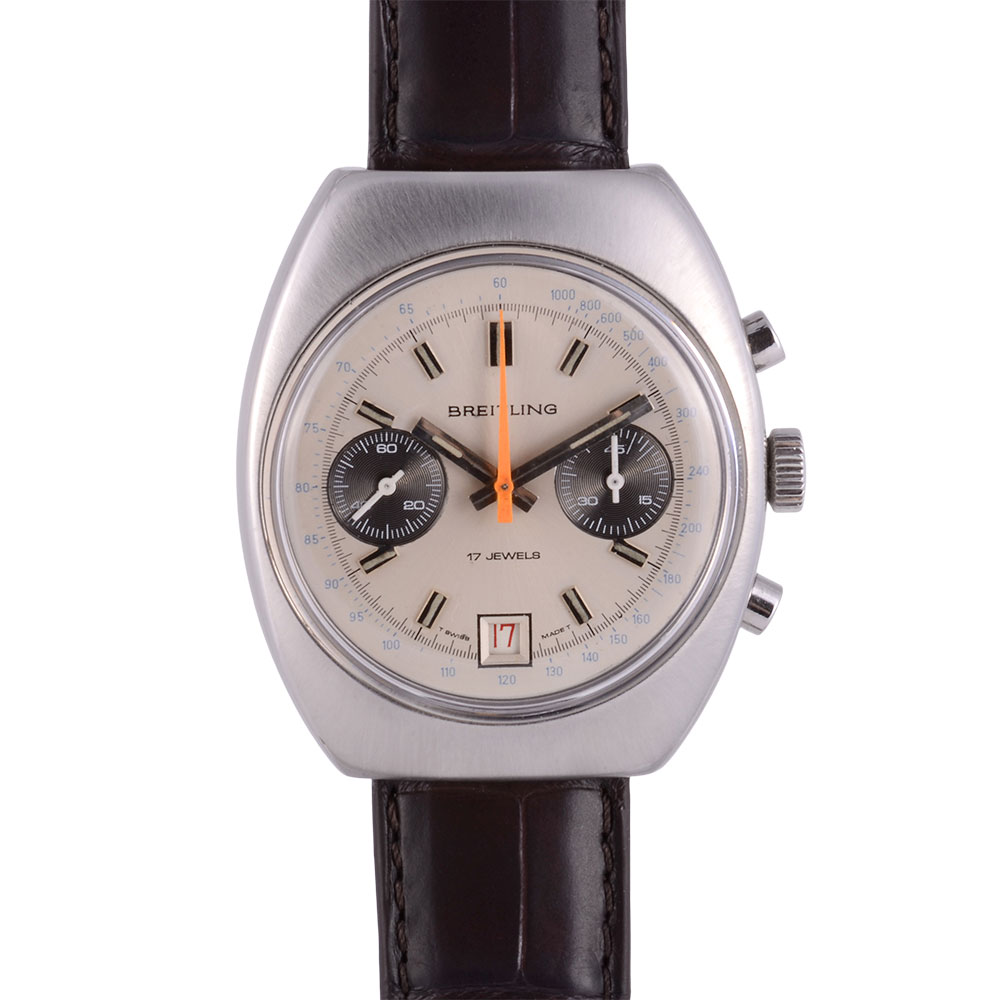A Brief Guide to Furniture Styles Through the 19th Century

Furniture is more than just functional decor; it’s a storytelling medium that reveals the design ethos, cultural values, and artistic trends of its time. Understanding the furniture styles of the 19th Century offers a window into the past, allowing us to appreciate the evolution of design. Below, we provide a brief guide to the furniture styles through the 19th Century, from the refined Neoclassical to the intricate Art Nouveau.
Neoclassical Style
The early 19th Century began with the Neoclassical style, characterized by its elegance, symmetry, and inspiration drawn from ancient Greece and Rome. This period favored clean lines and subdued ornamentation. Neoclassical furniture often features fluted legs and classical motifs, such as laurel wreaths and acanthus leaves.
Mahogany and satinwood were popular, often inlaid with delicate marquetry or gilt accents. Furniture crafters designed pieces to be functional and aesthetically pleasing, seamlessly merging form and function.
Regency Style
The Regency period, spanning the early to mid-19th Century, introduced a more eclectic and opulent approach to furniture design. Influenced by the Prince Regent of England, this style’s bold use of color, lavish ornamentation, and incorporation of exotic influences distinguish it from the rest.
Luxurious materials, such as rosewood, ebony, and brass inlay, characterize the Regency style. The furniture pieces often include intricate carvings, gilded accents, and detailed veneers.
Victorian Style
The Victorian era spanned much of the 19th Century and is synonymous with opulence, eclecticism, and a revival of historical styles. Thanks to advances in industrialization, this period saw a surge in the production of mass-produced furniture, making ornate pieces more accessible to the burgeoning middle class. It uses heavy ornamentation, rich textures, and a blend of Gothic, Rococo, and Renaissance influences.
Victorian furniture often features dark woods such as oak, walnut, and mahogany, with intricate carvings, tufted upholstery, and elaborate scrollwork. The balloon-back chair and the cabriole-leg table are quintessential examples of Victorian design.
Arts and Crafts Style
The Arts and Crafts movement emerged in the late 19th Century in response to the mass production and perceived decline in quality brought about by the Industrial Revolution. This style championed traditional craftsmanship, simple forms, and the use of natural materials.
Arts and Crafts furniture is functional, honest in construction, and minimal in ornamentation. This style also favored oak and other native woods for their durability and natural beauty.
Art Nouveau Style
The Art Nouveau movement emerged as the 19th Century drew to a close, bringing a wave of organic, flowing designs inspired by nature. Art Nouveau furniture draws its sinuous lines, asymmetrical forms, and decorative motifs from flora and fauna. This style departed from historical revivalism, instead seeking to create a new, modern aesthetic.
Art Nouveau pieces often incorporate materials such as bentwood, wrought iron, and glass, emphasizing fluidity and movement. Curved lines, whiplash motifs, and stylized natural forms are prevalent, creating a sense of harmony and dynamism.
After reviewing this brief guide on furniture styles through the 19th Century, you can see how each style reflects the cultural and artistic currents of its time. Exploring these styles through antique shopping online can be a rewarding and enriching experience for those wanting to bring a touch of history into their homes. At Solvang Antiques, we offer a curated selection of fine antiques that capture the essence of these iconic periods.



